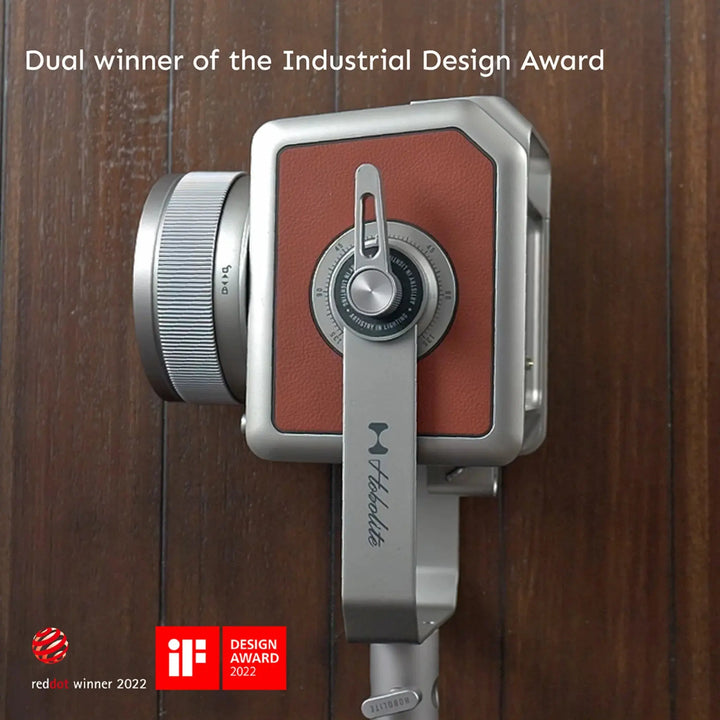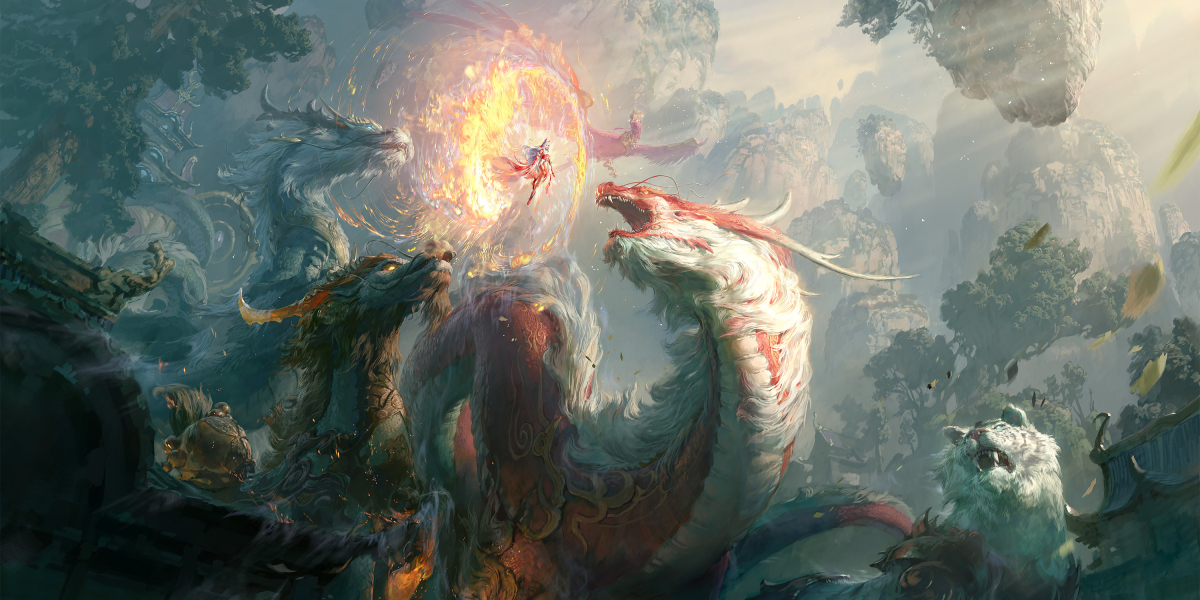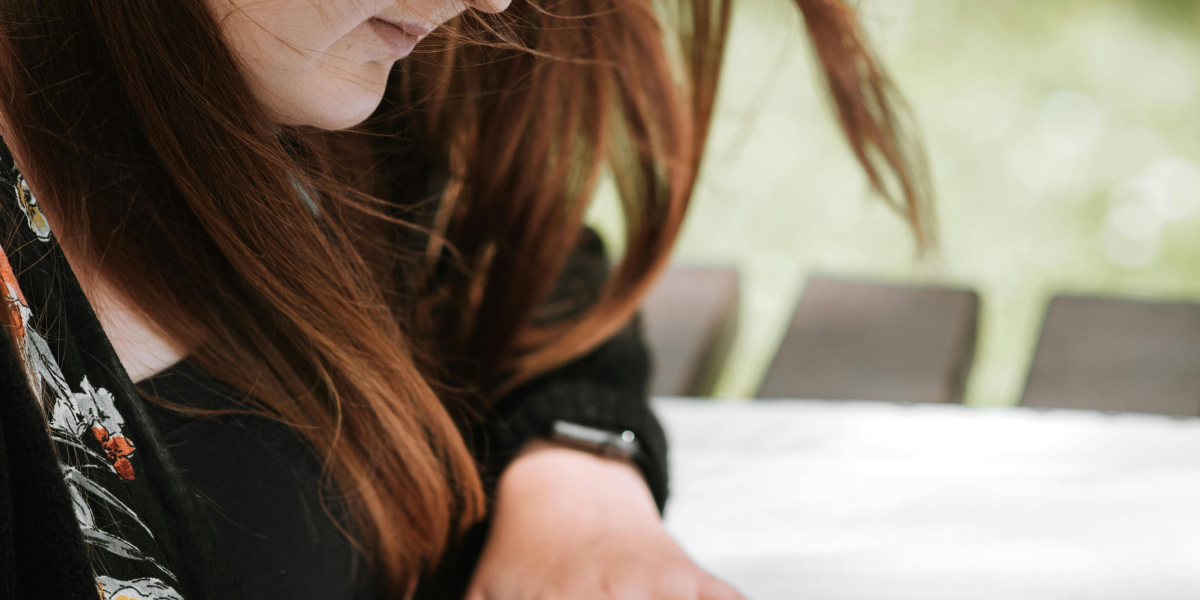Unleash Your Creativity: Mastering the Art of Studio Lighting Kits Like a Pro!
In the world of photography and videography, studio lighting plays a pivotal role in crafting stunning visuals. Whether you're capturing a breathtaking portrait or filming a dynamic video, the right lighting can dramatically enhance the quality of your work. Mastering the use of studio lighting kits not only elevates your creativity but also allows you to control the mood and atmosphere of your shots. A typical studio lighting kit includes various components such as lights, modifiers, stands, and power sources, each with a specific purpose that contributes to achieving the perfect illumination. This article will guide you through understanding these components and provide essential tips for using them effectively.

Understanding the Components of a Studio Lighting Kit
A well-rounded studio lighting kit is comprised of several key components, each serving a unique function to produce high-quality lighting. The primary elements include lights, modifiers, stands, and power sources. First and foremost, the lights are the heart of the kit. They come in various forms, such as continuous lights and strobe lights, each designed to produce different effects. Continuous lights provide a constant source of illumination, making it easier to visualize your shot, while strobe lights emit brief bursts of light, typically used in high-speed photography.
Modifiers are equally crucial in shaping and controlling the light. They can include softboxes, umbrellas, and reflectors that diffuse or redirect light to achieve the desired softness or intensity. For instance, a softbox is fantastic for creating a soft, even light that reduces harsh shadows, ideal for portrait photography.
Next, we have stands, which support the lights at various heights and angles. A stable stand is essential to ensure that your lights remain securely positioned throughout the shoot. Lastly, the power source—whether it’s battery-operated or plug-in—ensures your lights are always ready to go. Understanding these components and their roles will provide a solid foundation for your lighting setup and help you maximize your creative potential.
Types of Studio Lights and Their Uses
When it comes to studio lights, there are several types available, each with its unique applications and characteristics. Continuous lights, as mentioned earlier, are perfect for beginners. They allow you to see how the light interacts with your subject in real-time, which can be particularly helpful for adjusting settings on the fly. However, they can generate heat and may not be suitable for longer shoots where temperature control is crucial.
On the other hand, strobe lights are favored by professionals for their ability to freeze motion and produce a more powerful burst of light. They are especially beneficial in scenarios like fashion photography, where capturing intricate details is essential. However, strobe lights require a bit more expertise since they tend to have a learning curve regarding syncing with your camera settings. Additionally, the choice between LED and fluorescent lights can impact the color temperature and quality of light, making it vital to consider your project needs when selecting studio lights.
Lighting Techniques for Stunning Results
Understanding lighting techniques is crucial for achieving stunning results in your photography and videography. One of the fundamental techniques is key lighting, which involves placing your primary light source at an angle to your subject to create depth and dimension. Complementing this with fill lighting helps to soften shadows and balance the overall exposure. A personal experience I had while experimenting with these techniques involved setting up a portrait session for a friend. By using a key light to highlight their features and a fill light to soften the shadows, I was amazed at how much more professional the final images looked.
Another effective technique is backlighting, where the light source is positioned behind the subject. This technique can create a dramatic effect, adding a halo around the subject and enhancing the overall composition. Additionally, experimenting with different angles and light intensities can help establish various moods, from warm and inviting to cool and mysterious. Don’t hesitate to play around with these techniques to discover which combinations resonate with your creative vision.
Setting Up Your Studio Lighting Kit
Setting up your studio lighting kit effectively is essential for achieving optimal results. Begin by choosing a location that provides enough space to arrange your lights and backdrop. Once you have your space, start by positioning your key light at a 45-degree angle from your subject. This angle helps create depth and dimension while avoiding flat lighting.
Next, adjust your fill light to the opposite side of the key light, ensuring that it’s less intense to avoid overpowering the main light source. It's crucial to experiment with the distance and angle of your lights to find the perfect balance. A common mistake many beginners make is using lights that are too harsh or too close to the subject, which can result in unflattering shadows.
Finally, take a test shot and make adjustments as necessary. Remember, your setup might require tweaks based on the subject, the ambiance you want to create, and the camera settings. Embrace the learning process, and don’t be afraid to make changes until you achieve the desired effect.
Maximizing Your Studio Lighting Potential
In summary, understanding the components of a studio lighting kit and mastering various lighting techniques can significantly enhance your photography and videography skills. From the types of lights to the methods of setup, every aspect plays a crucial role in achieving stunning visual content. Remember to experiment with different setups and techniques to discover what works best for you. With patience and practice, you can unleash your creativity and take your visual storytelling to new heights!








